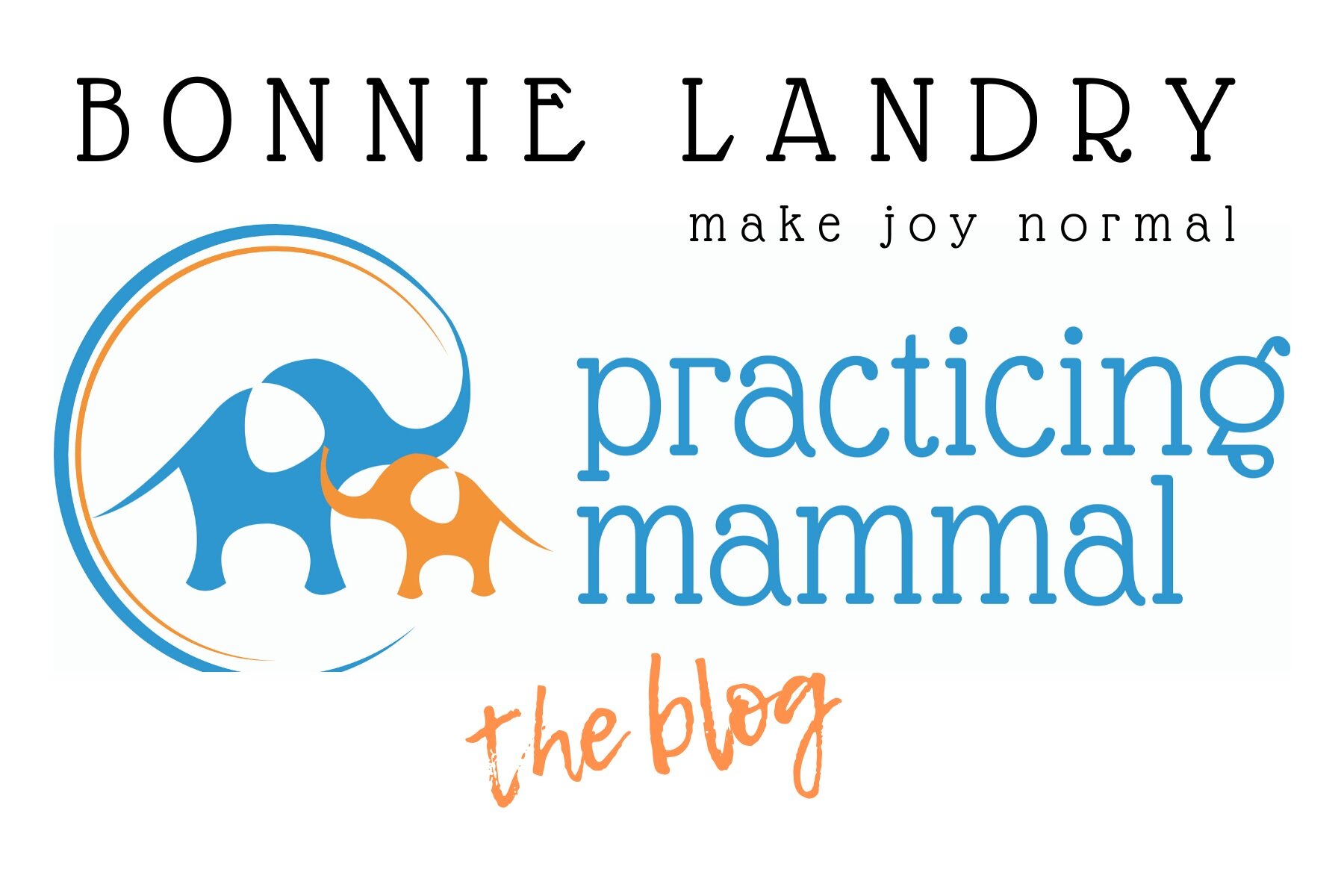a day in the life without programs or workbooks, part one: reading together
So what does it all look like, on the day to day? I think that's a legitimate question.
I believe that reading is the most simple and organic way to teach your kids without plugging into programs and avoiding workbooks. It is because there is So Much to learn in every book you read. But the organic, family centered quality comes through reading aloud to children.
Reading together binds us, gives us a common point of interest and learning, a common experience and down time as a family. I read to my kids during breakfast and lunch time. I've been doing this for twenty years, and still, it is my favourite part of the day. And my children's. When my grown children are home, they hang about while I read.
So here is what the day looks like. I like to be sitting down to eat around 8:30 in the morning, dependent of course on how tired people are and if we were up late the night before. They eat, I read and drink good coffee. I've said it before but I'll say it again, my friends. Don't drink bad coffee. Save a pile of money on curricula, or not going out to movies or eating rice and beans or walking to the grocery store or buy your clothes second hand or whatever you want, but don't drink bad coffee.
Just in case you want to know, my favourite is Kicking Horse Three Sisters. Made with a french press. Yes. Okay, now we can move on. When my kids are done eating, they draw or play play doh, or crochet or play those magnety things, or make paper airplanes or another number of relatively quiet activities. I usually finish reading by 9: 30 latest, unless they beg and beg and offer to give me a back massage while I read.
While we read, we usually talk about the things that come up in the book. Look something up on a timeline, an encyclopedia or on a map...sometimes we look up stuff in the dictionary or the catechism. Case in point, right now we are are reading an historical fiction novel by Howard Pyle, called Men of Iron. Over the last few days that we have been reading this book, we've looked up things like, jousting, medieval England, found England on the map, compared it to where we live, compared the setting to Macbeth (which we had just finished reading), discussed whether the character and events were fictional or not. We also looked at armour and weapons of the day, about how they would eat and cook, about the feudal system of government, people's faith and how they lived it out.
We discussed the difference between the life of boys at that age, particularly the ages my boys are, 9, 12 and 15. The art of storytelling, the role of women. Weather in England compared with here. Travel, royalty, castles, architecture. Many of the little details that came out of reading a beautiful book, and a gripping story, together. Together is the key. Learning in the environment of love.
I started reading the gospels last year, for a few minutes before our morning read. What a lovely way to start the day.
Sometimes, before I start reading, I read something I want to force them to know, because it is Good For Them, but something which they sometimes think they will dislike. Like historical notes on Macbeth, or a biography of Shakespeare, or what are reading at present which is a book called The Poet's Eye, on poetry terms and understanding poetry better. They are attentive, because they know the novel is coming next.
After we read, we do a quick tidy up, someone puts the dishes in the dishwasher, someone sweeps, pushes in the chairs, wipes the table, puts the books away...some age appropriate job to make the kitchen area pleasing. Nota Bene: I did not say perfect, I did not say pristine, I said pleasing.
That takes about five minutes. We repeat this process over lunch, except we say the Angelus instead of a morning offering, but other than that, it looks about the same. Read, research, discuss, tidy up.
Twice a day. Drip, drip, drip. This is how they have learned the lion's share of geography and history. The youngers are shockingly able to keep up with whatever I read. From E.B. White, to Tolkien, to Shakespeare, Dickens, Sienkiewicz...even our toddlers take what they can and certainly more than I ever expect.
My kids have a list on the fridge of the things they can do on their own. While I work one on one with them, in turn, they can work on their independent items, like music, reading, typing or work around the house. This list, of course, increases as they get older. I sit down with them one on one to do dictation, where they learn all of their language art skills.
I've blogged extensively about dictation before, so I will refer to these three previous posts:
And tomorrow I'll finish up what we do when we aren't reading.

